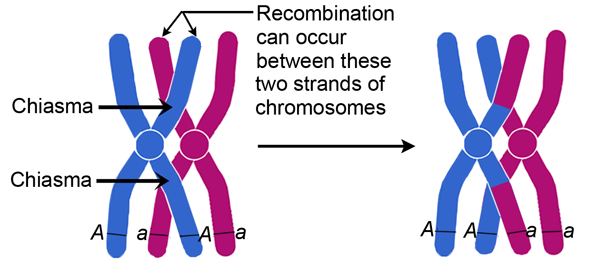
Loidl J (1986) Synaptonemal complex spreading in Allium. Levan A (1940) Meiosis of Allium porrum, a tetraploid species with chiasma localisation. Koul AK, Gohil RN (1970) Cytology of the tetraploid Allium ampeloprasum with chiasma localisation. Khazanehdari KA (1995) Meiotic chromosome behaviour and somatic chromosome variation in the leek ( Allium porrum). Jones GH, Vincent JE (1994) Meiosis in autopolyploid Crepis capillaris. Comparison of triploids and tetraploids evidence for non independence of autonomous pairing sites. Jones GH (1994) Meiosis in autopolyploid Crepis capillaris.

John B, Henderson SA (1962) Asynapsis and polyploidy in Schistocerea paranensis. Jenkins G, Rees H (1991) Strategies of bivalent formation in allopolyploid plants. Gohil RN, Koul AK (1977) The cause of multivalent suppression in Allium ampeloprasum L. Synaptonemal complex formation in autotetraploids. Gillies CB, Kuspira J, Bhambhani RN (1987) Genetic and cytogenetic analyses of the A genome of Triticum monococcum. Fertility and Chromosome Pairing: Recent Studies in Plants and Animals. Gillies CB (1989) Chromosome pairing and fertility in polyploids. Annales de l'amélioration des Plantes 17: 175–195.Ĭallow RS, Gladwell I (1984) A general treatment of chromosome synapsis in even-numbered polyploids.

Phil Trans Roy Soc Lond B 334: 309–345.īerninger E, Buret P (1967) Etude de deficients chlorophylliens chez deux especes cultivees du genre Allium: l'oignon A. Exp Cell Res 155: 588–592.īennet MD, Smith JB (1991) Nuclear DNA amounts in Angiosperms. Cell 61: 419–439Īlbini SM, Jones GH (1984) Synaptonemal complex-associated centromeres and recombination nodules in plant meiocytes prepared by an improved surface-spreading technique. The four different varieties of leek analysed were remarkably similar in their meiotic behaviour despite their diverse breeding history, but individual plants within varieties displayed substantial variation in quadrivalent and PPS frequencies.Īlani E, Padmore R, Kleckner N (1990) Analysis of wild-type and rad 50 mutants of yeast suggest an intimate relationship between meiotic chromosome synapsis and recombination. The positional distribution of PPSs along quadrivalents was distinctly uneven with peaks in mid-chromosome arms and reduced frequencies around centromeres and near the ends.

The incidence of pairing partner switches (PPSs) in prophase I quadrivalents is relatively low 90% of all analysed quadrivalents had only one or two PPSs. This pattern of synaptic behaviour is consistent with an autotetraploid status, but comparison with other tetraploids, including other Allium species, indicates that Allium porrum may be a weak segmental allopolyploid displaying limited preferential homologous pairing. Prophase I quadrivalent frequency, at 71%, marginally but significantly exceeds the two-thirds expected on a simple random end-pairing model, suggesting that more than two autonomous pairing sites occur, in some tetrasomes at least. Meiotic chromosome pairing of the tetraploid species Allium porrum, the cultivated leek, was analysed by electron microscopy of 83 surface-spread nuclei in the late zygotene to early diplotene interval of prophase I, from four different varieties.


 0 kommentar(er)
0 kommentar(er)
